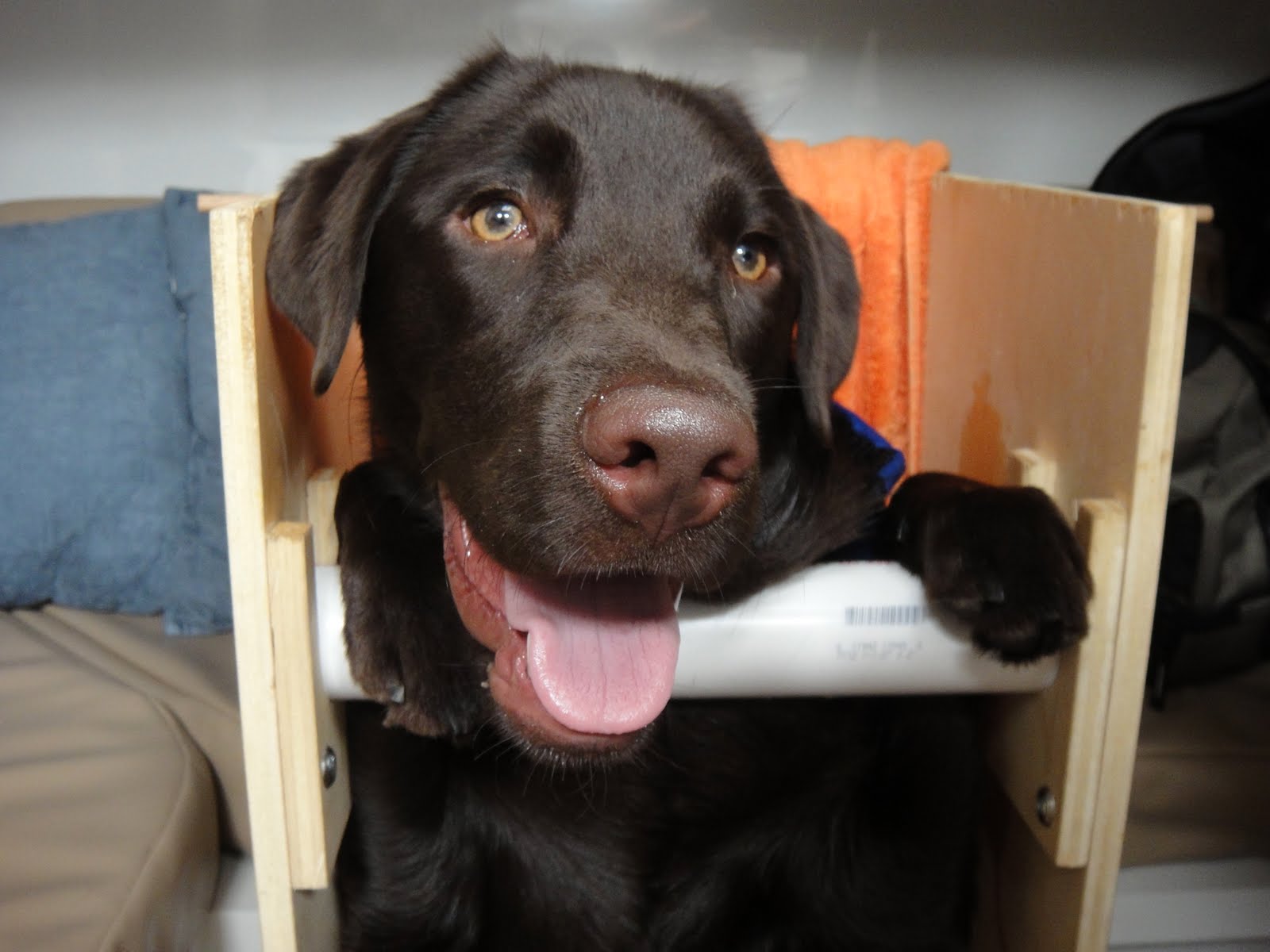ads/wkwkland.txt
51 HQ Pictures Congenital Megaesophagus In Cats / Caring for a Dog With Myasthenia Gravis and Megaesophagus. Megaesophagus in pets | petplan. Congenital megaesophagus has been reported in several cats5 and in one group of cats secondary to pyloric dysfunction.6. Congenital vestibular disease has been reported in burmese cats. Chagas disease is one cause of megaesophagus in humans. However, some nursing kittens may also regurgitate milk through their for cats with megaesophagus which can't be reversed by treatment, the aim is to prevent aspiration pneumonia and ensure adequate nutrition.
ads/bitcoin1.txt
However, it is much more common in dogs. Megaesophagus is a condition in humans, cats and dogs where peristalsis fails to occur properly and the esophagus is enlarged. Recovery of normal esophageal function in a kitten with diffuse megaesophagus and an occult lower esophageal stricture. Congenital megaesophagus is rare but has been documented in the siamese cat. Megaesophagus, also known as esophageal dilatation, is a disorder of the esophagus in humans and other mammals, whereby the esophagus becomes abnormally enlarged.

The prognosis depends on the health, condition and cause of megaesophagus in your cat.
ads/bitcoin2.txt
Great danes, irish setters, newfoundland's, german shepherds, shar pei, and labrador retrievers are genetically predisposed. Increased incidence has been reported in irish setters, great danes, german shepherds, labrador retrievers, chinese. Congenital esophageal disorders of cats). Megaesophagus may be present at birth and become apparent shortly after weaning, or it can be acquired later in life. In some cases congenital megaesophagus may eventually be outgrown. Megaesophagus is rare in cats and occurs as a congenital or secondary acquired disorder. Dogs with megaesophagus usually fall into two groups: Kittens can be born with megaesophagus, or a cat may develop it later on. However, diagnosing the underlying cause requires a thorough history and additional diagnostics. Megaesophagus is a condition in humans, cats and dogs where peristalsis fails to occur properly and the esophagus is enlarged. Cats with congenital megaesophagus typically display symptoms once they wean. Megaesophagus in cats is either congenital (present since birth) or acquired. Siamese cats seem to be at particular risk for congenital megaesophagus.
Congenital esophageal disorders of cats). It occurs frequently in dogs and occasionally in cats. Megaesophagus in dogs is a congenital and incurable disease in dogs. Congenital megaesophagus is documented in newfoundlands, parson russell terriers, samoyeds, springer spaniels, smooth fox terriers, and 6 congenital and acquired megaesophagus have been documented in cats, with a familial disposition for the congenital form in the siamese breed. Several symptoms can indicate that megaesophagus is present, but.

In congenital cases, the cause may be unknown, or it may be the result of a genetic developmental abnormality that causes inadequate nerve function.
ads/bitcoin2.txt
The prognosis depends on the health, condition and cause of megaesophagus in your cat. Cats with congenital megaesophagus typically display symptoms once they wean. The prognosis for cats with congenital megaesophagus is poor. Most cases of megaesophagus can be diagnosed using thoracic radiography; Increased incidence has been reported in irish setters, great danes, german shepherds, labrador retrievers, chinese. Dogs with megaesophagus usually fall into two groups: Congenital vestibular disease has been reported in burmese cats. Kittens can be born with megaesophagus, or a cat may develop it later on. Megaesophagus may be congenital or a problem secondary to other disorders. However, it is much more common in dogs. Some congenital abnormalities of the esophagus seen in cats include megaesophagus, vascular ring anomalies, and cricopharyngeal achalasia (see table: Megaesophagus is a disorder of the esophagus characterized by diffuse dilation and decreased peristalsis. Recovery of normal esophageal function in a kitten with diffuse megaesophagus and an occult lower esophageal stricture.
Dogs with megaesophagus usually fall into two groups: Congenital megaesophagus is documented in newfoundlands, parson russell terriers, samoyeds, springer spaniels, smooth fox terriers, and 6 congenital and acquired megaesophagus have been documented in cats, with a familial disposition for the congenital form in the siamese breed. Most cases of megaesophagus can be diagnosed using thoracic radiography; Recovery of normal esophageal function in a kitten with diffuse megaesophagus and an occult lower esophageal stricture. Symptoms of megaesophagus in cats.
In some cases congenital megaesophagus may eventually be outgrown.
ads/bitcoin2.txt
Megaesophagus is a condition in humans, cats and dogs where peristalsis fails to occur properly and the esophagus is enlarged. However, certain breeds are at risk for congenital me, meaning they are born with me. Badger has a congenital defect called megaesophagus, so he has to be fed in an upright position. The good news is that nerve development may improve as the since the regurgitation involved in megaesophagus is challenging to manage, every effort should be made to minimize it. The vestibular system, located within the brain and middle and inner ear, is the disease can cause muscle weakness and difficulty exercising in norwegian forest cats. Congenital esophageal disorders of cats). It occurs frequently in dogs and occasionally in cats. Megaesophagus in pets | petplan. In some cases congenital megaesophagus may eventually be outgrown. Megaesophagus can be congenital (hereditary) or idiopathic (of unknown origin). Thanks to the powers of 3d printing, he now has a special. In congenital cases, the cause may be unknown, or it may be the result of a genetic developmental abnormality that causes inadequate nerve function. Some animals may die due to complications, like.
ads/bitcoin3.txt
ads/bitcoin4.txt
ads/bitcoin5.txt
ads/wkwkland.txt
0 Response to "51 HQ Pictures Congenital Megaesophagus In Cats / Caring for a Dog With Myasthenia Gravis and Megaesophagus"
Post a Comment